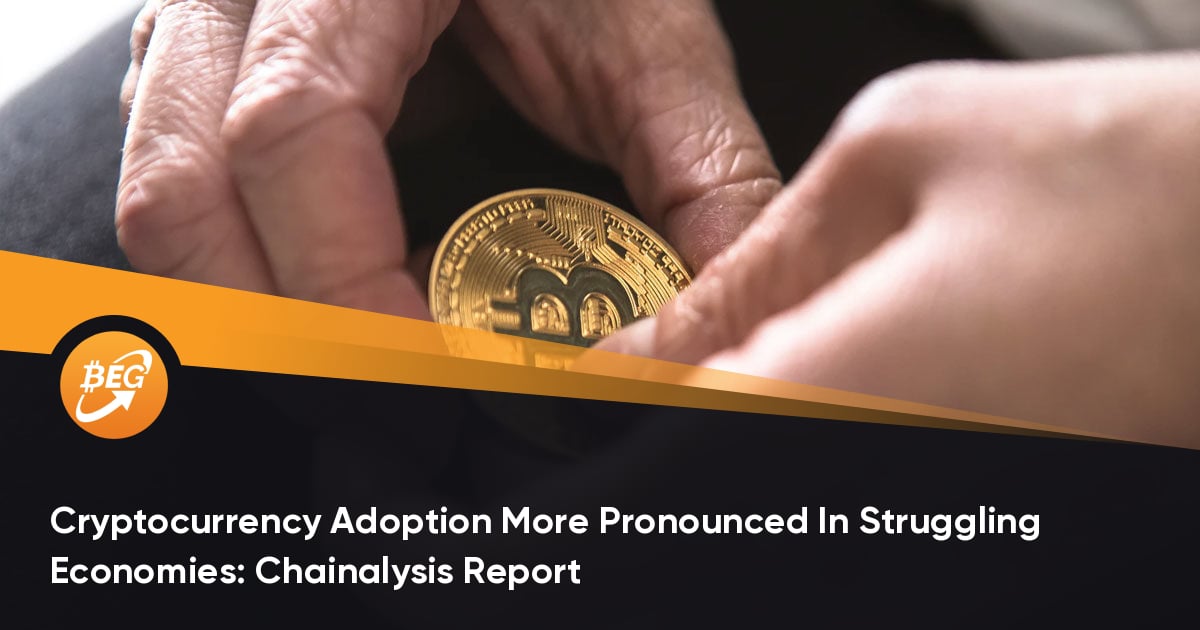Grassroot crypto adoption is spiking, and more economically vulnerable countries are becoming engaged in the crypto space.
This is according to a recent report by the popular blockchain analytics firm Chainalysis.
Vietnam Tops The List
Chainalysis has been at the forefront of crypto data gathering, and the blockchain firm is a reputable leader in the industry. The New York-based company disclosed in its recent cryptocurrency index report that crypto was gaining mainstream adoption.
According to the report, Asian nations Vietnam, India, and Pakistan took first, second and third positions, respectively. Additionally, six out of the top 20 countries were from the African continent and attesting to the widespread adoption of virtual currencies in these countries.
Commenting on the unusual candidates, head of research Kim Grauer noted that the blockchain company decided to opt for a more targeted approach in its roundup. He said the decision was to quantify the extent of grassroots adoption of digital assets.
It also pointed out a few interesting trends in the nascent industry. According to the report, the African continent constitutes the smallest crypto market globally, with 3% of the total market size.
However, peer-to-peer (P2P) trading, remittance, and saving needs have powered the adoption of cryptocurrencies across the continent. Also, the retail crypto trading market is at an all-time high in the region. Africans account for 7% of the total crypto market, which is in conjunction with a whopping 96% of P2P (peer-to-peer) transaction volume originating from Africa.
Purchasing Power Parity (PPP)
Chainalysis turned to three metrics when ranking countries in its adoption index for 2021. This includes the total value of crypto received by a government, crypto used by newbie crypto investors (transactions less than $10,000), and P2P exchange-traded volume.
However, all three metrics were categorized under the purchasing power parity (PPP) per capita, which measures the purchasing ability of a given individual in a country.
Making a note of this, the Chainalysis blog post noted:
“The higher the ratio of on-chain value received to PPP per capita, the higher the ranking, meaning that if two countries had equal cryptocurrency value received, the country with the lower PPP per capital would rank ahead.”
This enabled countries like Vietnam and Kenya to rank top of the list due to their higher on-chain crypto activity.
Making a case for this approach, Grauer said that if the PPP metric were not used, mega economies like the US and China would likely rank top of the index due to their larger populations and higher purchasing power.
Aside from the PPP, the report also considered the relative correlation between widespread crypto adoption and hyperinflation in these regions.
South American nations like Venezuela, which has seen the value of their local currency hit rock bottom, have since turned to cryptocurrencies. According to a CoinDesk report, P2P trading surged in the aftermath of the pandemic as Venezuelans sought out means to hedge against inflation.
